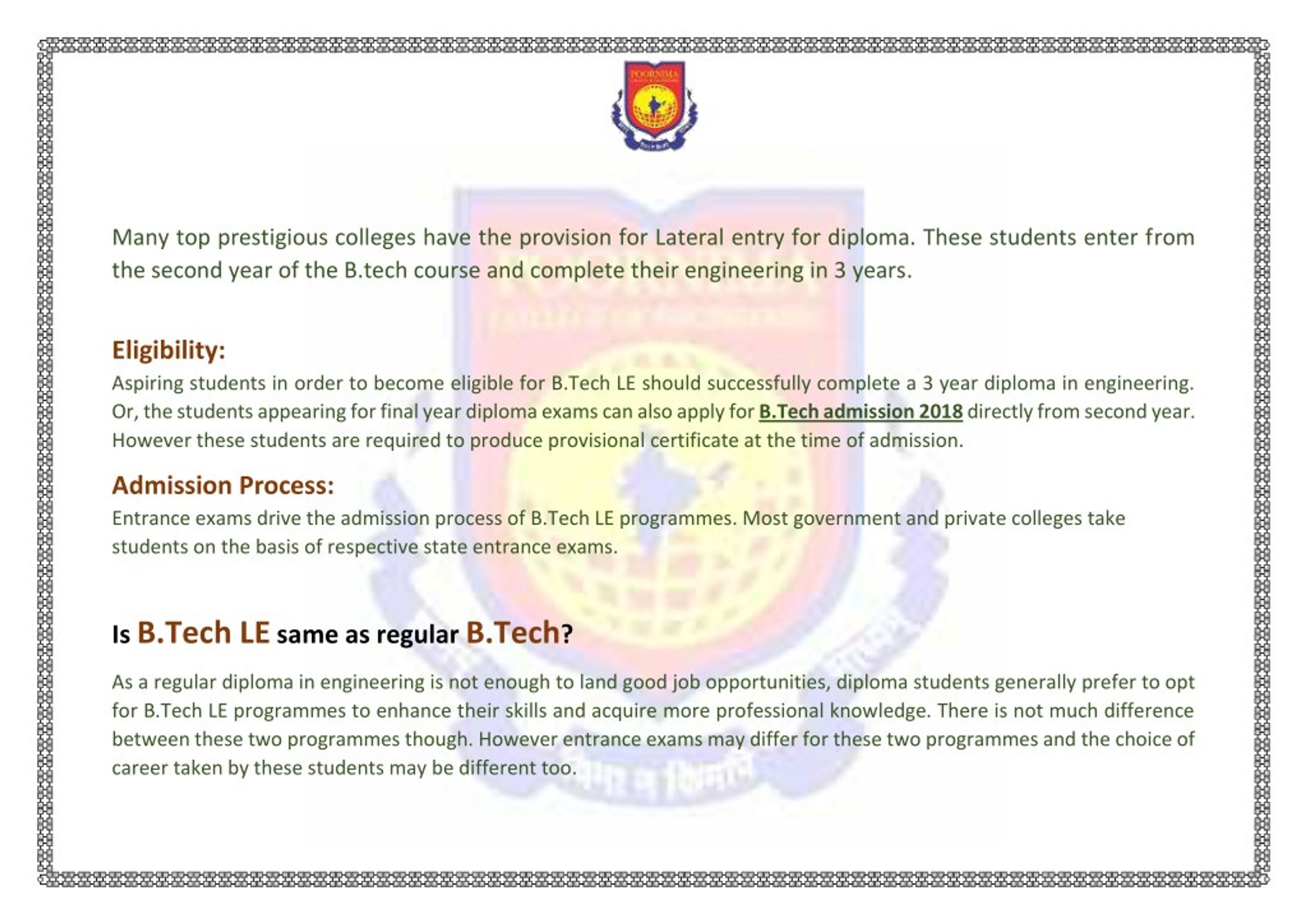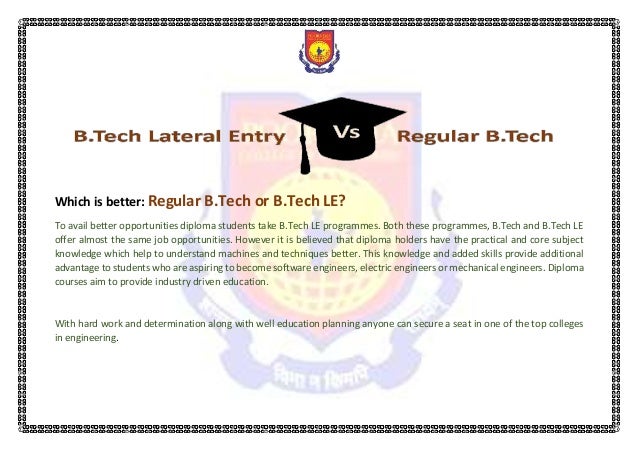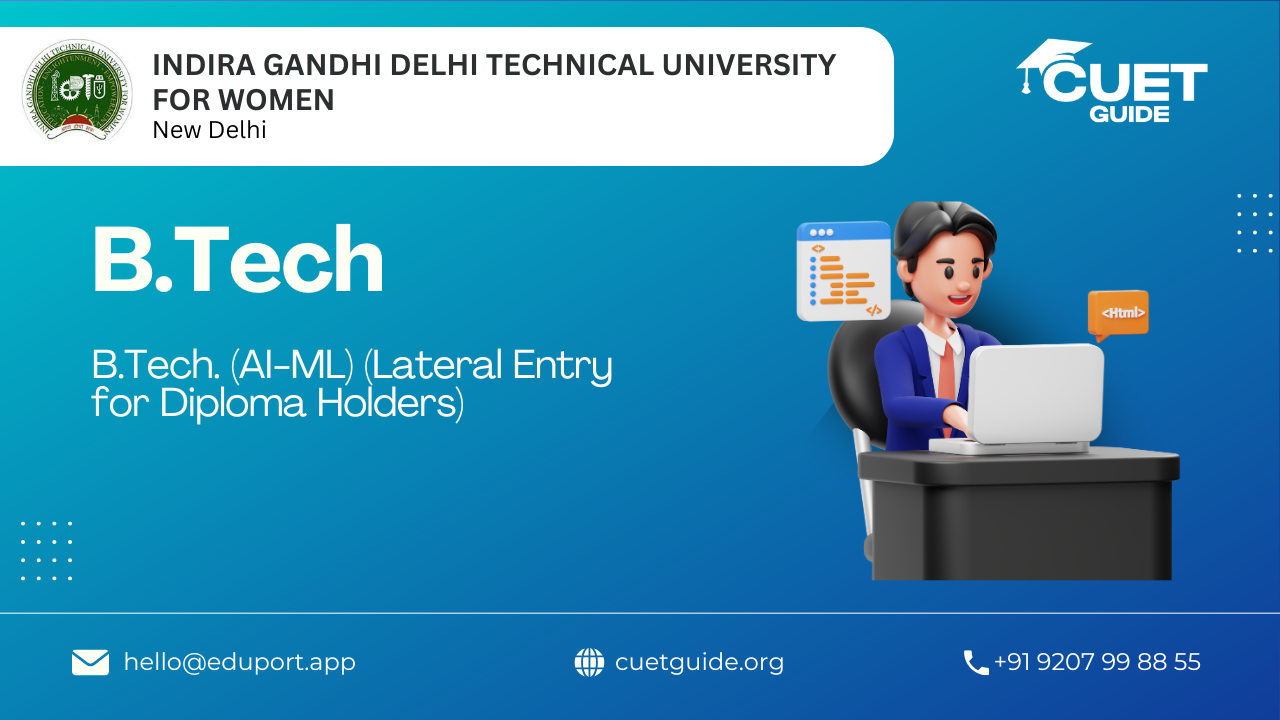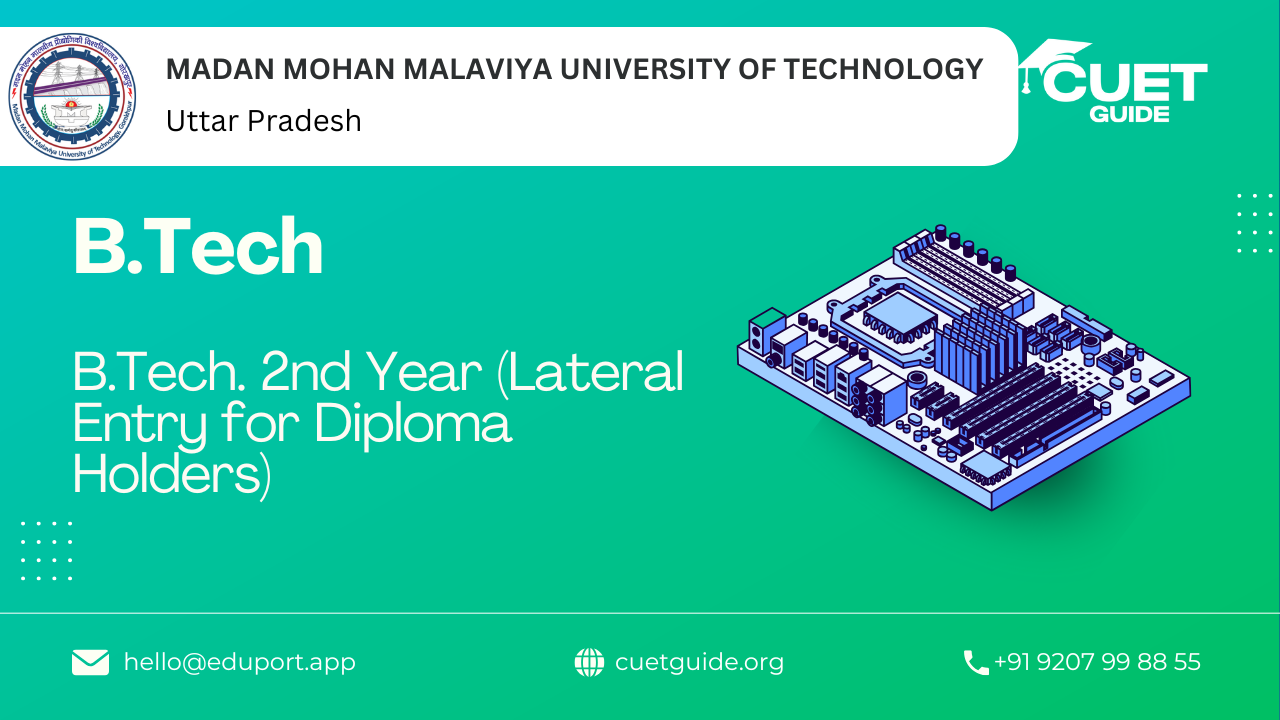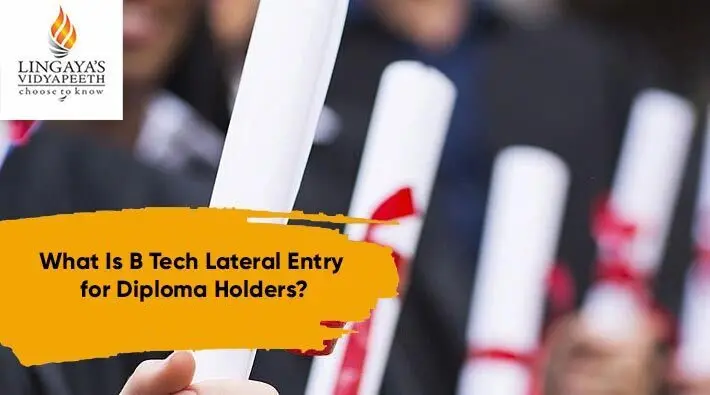Lateral Entry For Diploma Holders In Iit
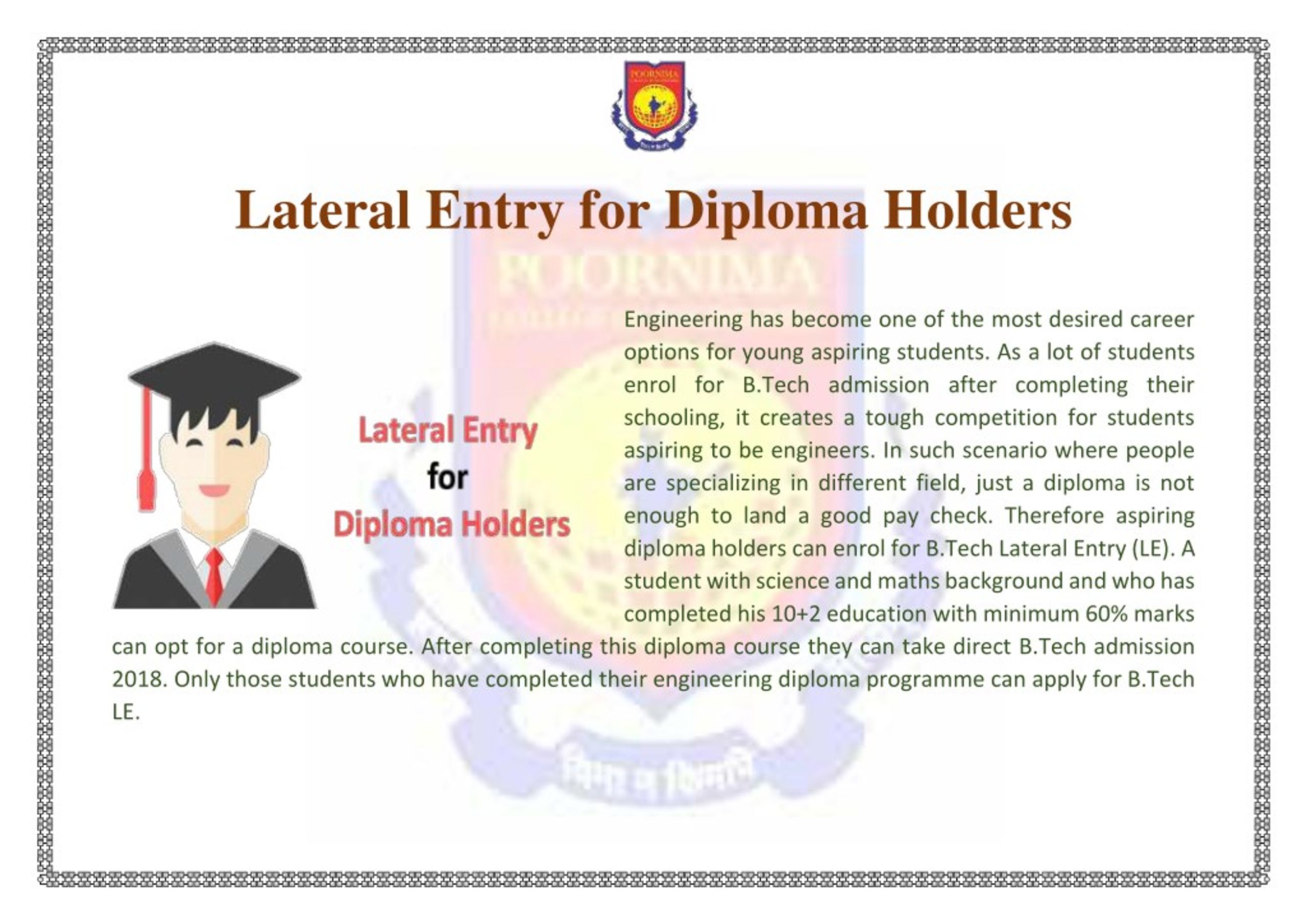
For years, the hallowed halls of the Indian Institutes of Technology (IITs) have been largely accessible through the rigorous Joint Entrance Examination (JEE), primarily targeting students with a 10+2 background. Now, a significant shift is underway, with some IITs exploring lateral entry options for diploma holders, potentially opening doors for a more diverse student population and offering new pathways to advanced engineering education.
This move, while still in its nascent stages, signifies a potential paradigm shift in the IITs' admission policies. The aim is to integrate technically skilled diploma holders directly into specific B.Tech programs.
The "What," "Why," and "Who" of Lateral Entry
The lateral entry scheme proposes admitting diploma holders directly into the second year of B.Tech programs. This is a departure from the traditional JEE route. IITs are motivated by the desire to tap into a pool of talent that might otherwise be excluded from the IIT system. This also aims to offer a pathway for technically proficient individuals who have gained practical experience through diploma programs.
Several IITs, including IIT Gandhinagar, have been at the forefront of exploring this possibility. Discussions are ongoing at other IITs as well.
Pilot Programs and Initial Stages
IIT Gandhinagar has already conducted pilot programs to assess the feasibility and impact of lateral entry. These pilot programs involved a limited number of seats and specific eligibility criteria. The goal was to evaluate the academic performance and integration of diploma holders into the existing B.Tech curriculum.
These initial experiences are proving crucial in shaping the long-term strategy for lateral entry across other IITs.
The Selection Process
The selection process for lateral entry is likely to differ from the JEE. It is expected to involve a combination of factors, including the candidate's diploma scores, performance in a specialized entrance test or interview, and relevant work experience, if any.
This aims to holistically assess their technical skills and aptitude for higher-level engineering studies.
The specific selection criteria are still being finalized by each IIT. This includes considering the specific B.Tech program a candidate is applying to.
Potential Impact and Challenges
The introduction of lateral entry has the potential to significantly broaden access to IIT education. It could provide opportunities for students from diverse socioeconomic backgrounds who may have chosen diploma programs for various reasons, including financial constraints or a preference for practical training.
However, challenges exist. Integrating students with different academic backgrounds into the existing B.Tech curriculum requires careful planning and support. This includes providing bridge courses or remedial instruction to ensure they are adequately prepared for the advanced coursework.
Maintaining the academic rigor and standards of the IITs is paramount, and the success of lateral entry will depend on effectively addressing these challenges.
Industry Perspective
Industry experts suggest that this initiative could also benefit the job market. Diploma holders often possess practical skills that are highly valued by employers. Supplementing this with a B.Tech degree from an IIT could make them even more competitive in the workforce.
Companies are looking for candidates with both theoretical knowledge and practical experience, and lateral entry could help bridge this gap.
Looking Ahead
The future of lateral entry in IITs remains to be seen. Ongoing discussions and pilot programs will play a vital role in shaping the policies and implementation strategies. The success of this initiative will hinge on a commitment to providing adequate support and resources to ensure that diploma holders can thrive in the demanding academic environment of the IITs.
If implemented effectively, lateral entry has the potential to transform the landscape of technical education in India, fostering greater inclusivity and contributing to a more skilled workforce.


